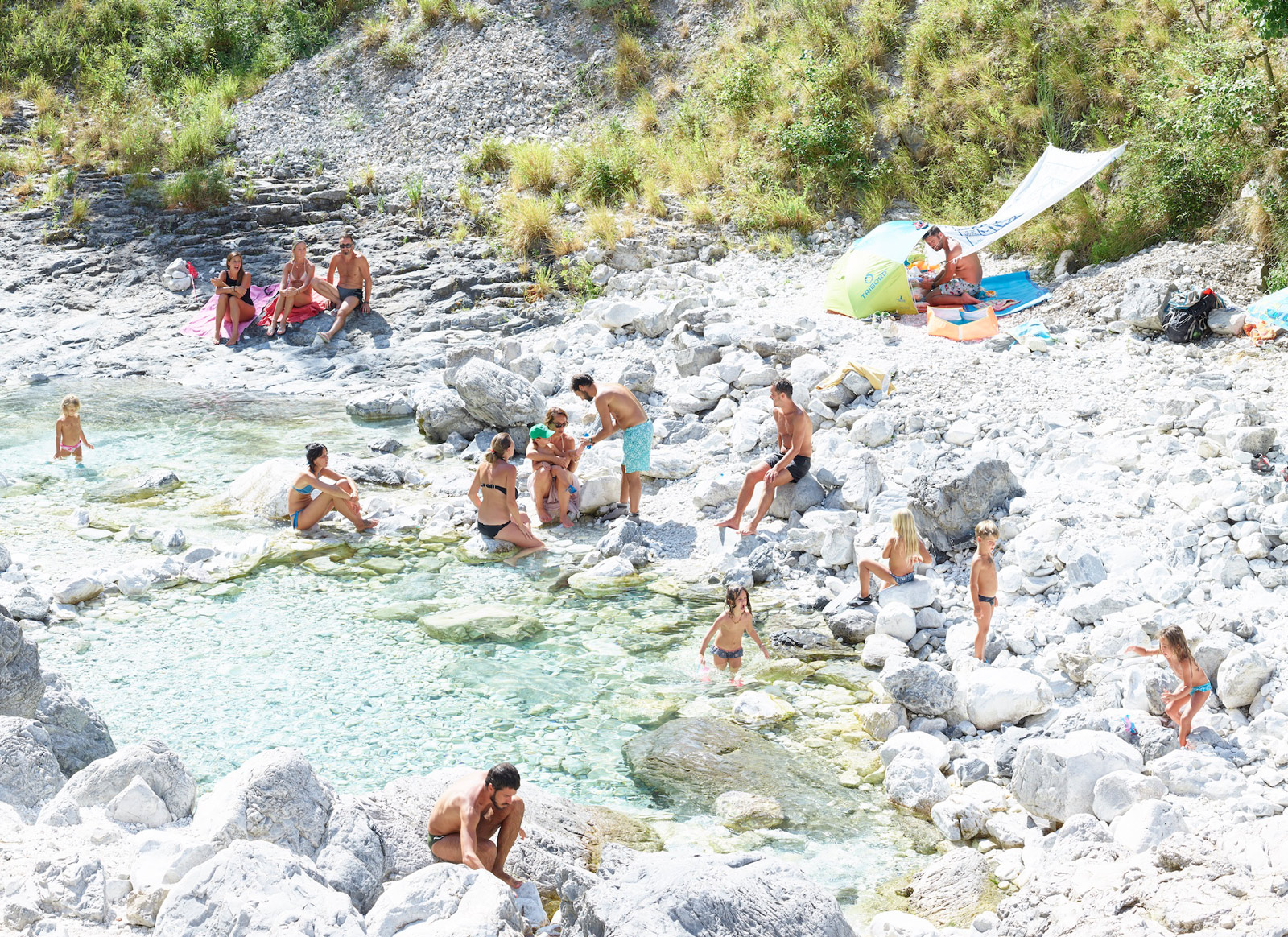How did you meet Massimo and how long have you worked for him?
I’ve known Massimo since I was a child. He had met my father – who was passionate about photography and had a darkroom in the cellar – through Lorenzo D’Angiolo, who developed and printed Massimo’s photos in Lucca.
I remember that he called me “mouse”, because I ate a lot of cheese.
Growing up, I was studying philosophy at the University of Pisa, but I wanted to have an experience in the world of art. So I landed at the Brancolini Grimaldi Gallery in Florence where I fell in love with the STEIDL universe and met Kate, the gallery manager who then became the studio manager of Massimo, my colleague for 5 years and running.
After a period spent abroad, when I returned to Lucca I went to see Massimo who wanted to revise his website by transforming it into a blog, in which the images would be presented together with existing texts or commissioned ones. Et voilà, I found myself embarking on this adventure that today has more than 230 blog posts and to which the management of Instagram has also been added.
Why did you choose those photos by Massimo?
The photos I have chosen each represent a different form of my own closeness and interest. There would be many others, but today these are symbolic for me or for my life or for what I see in Massimo’s work.
First of all Rosignano Alba, taken at the “spiagge bianche” (Rosignano Solvay), after an annual party that went on up until 15 years ago. My maternal family comes from that area and as a teenager I always dreamed of attending this huge party. To my great regret, just when I was the right age, they stopped organizing it due to obvious logistical problems.
I also like this photo for the light, that you can find in other photos by Massimo and which is unusual. I think of the photos of Marseille for example. Massimo hates shadows and for this reason he usually shoots in the hottest hours. I don’t know how he manages to resist in the summer, more than one young intern abandoned ship after a day of work.
I also like to see the large Solvay baking soda factory in the distance. In fact the industrial environments, whether active or in disuse, have always fascinated me as ruins of a world that once was, as in certain photos by Hilla and Bernd Becher that Massimo likes.











